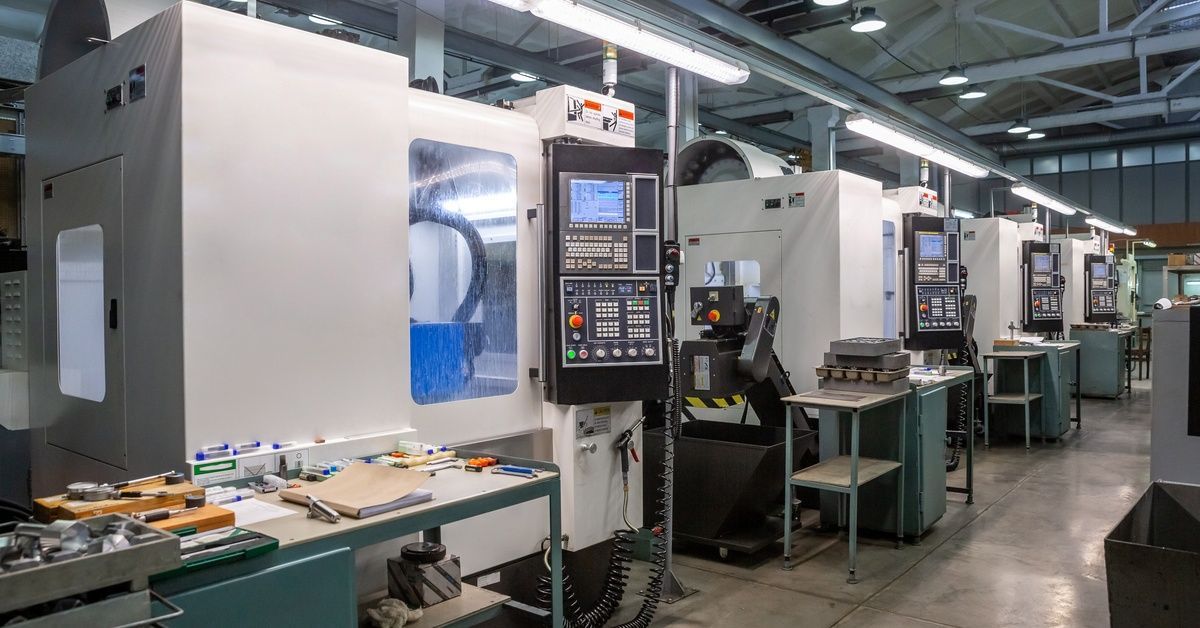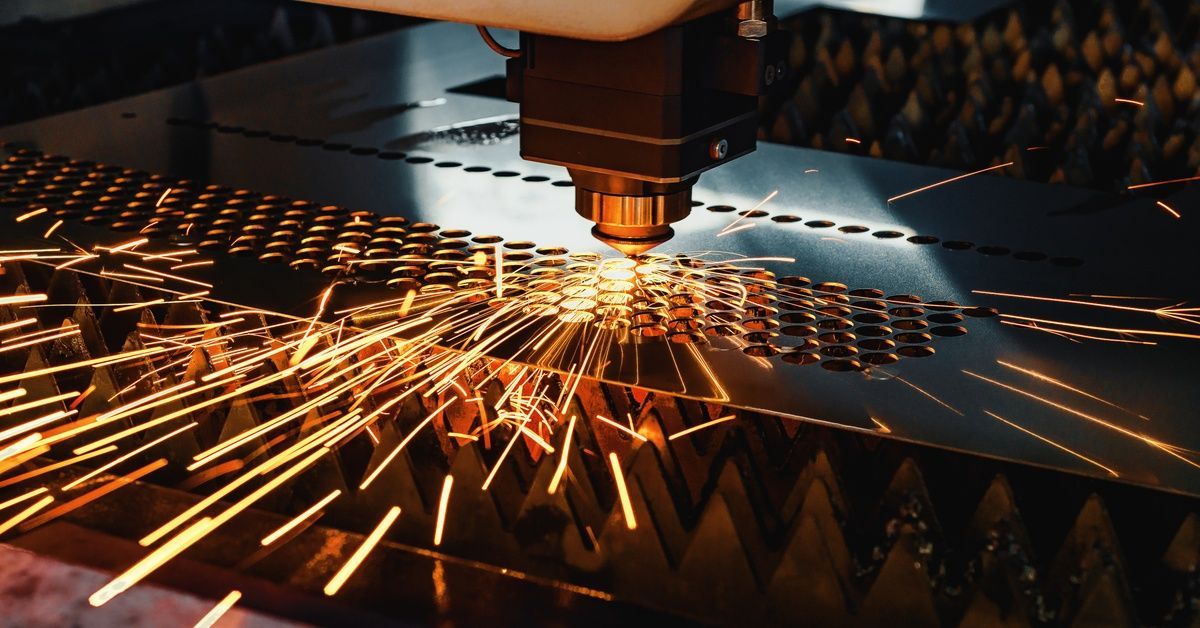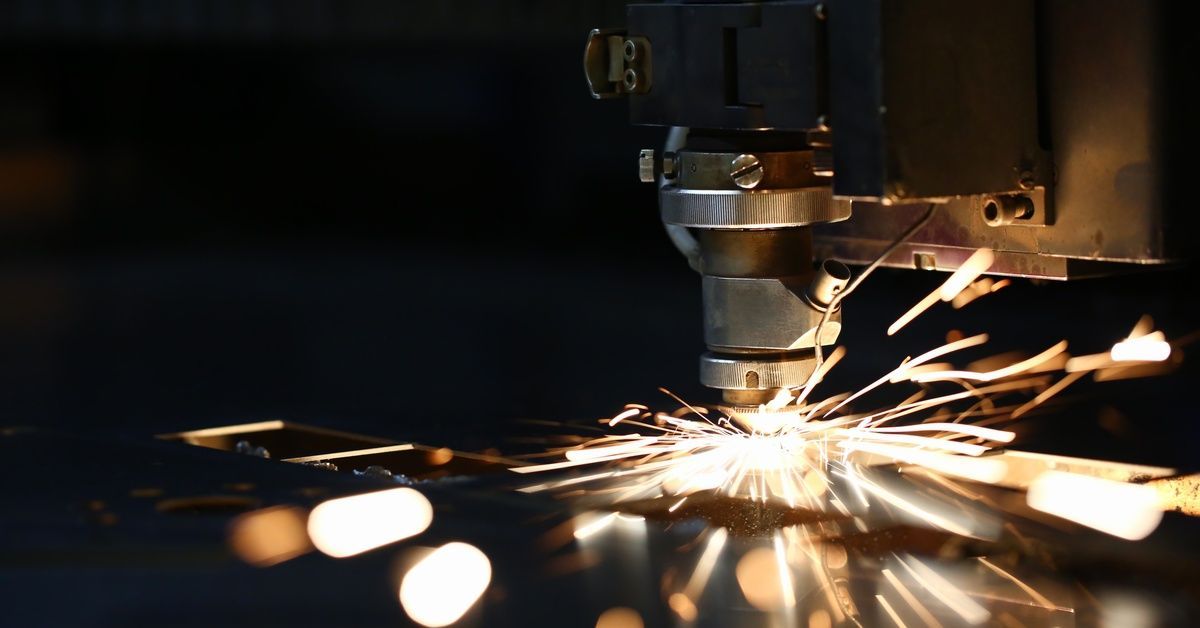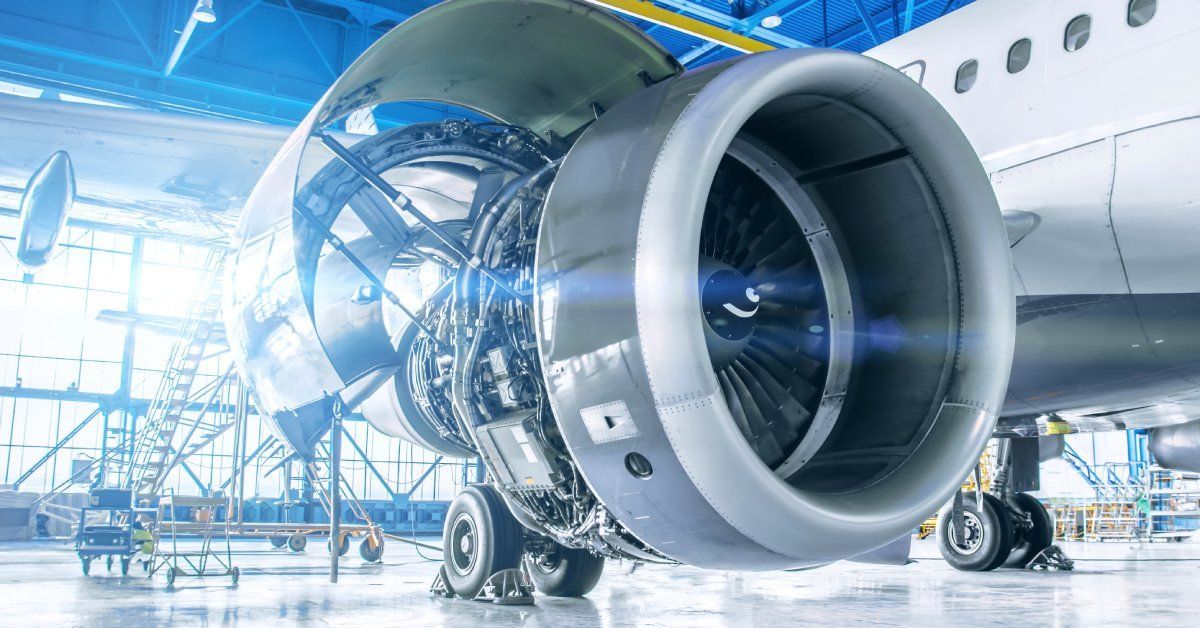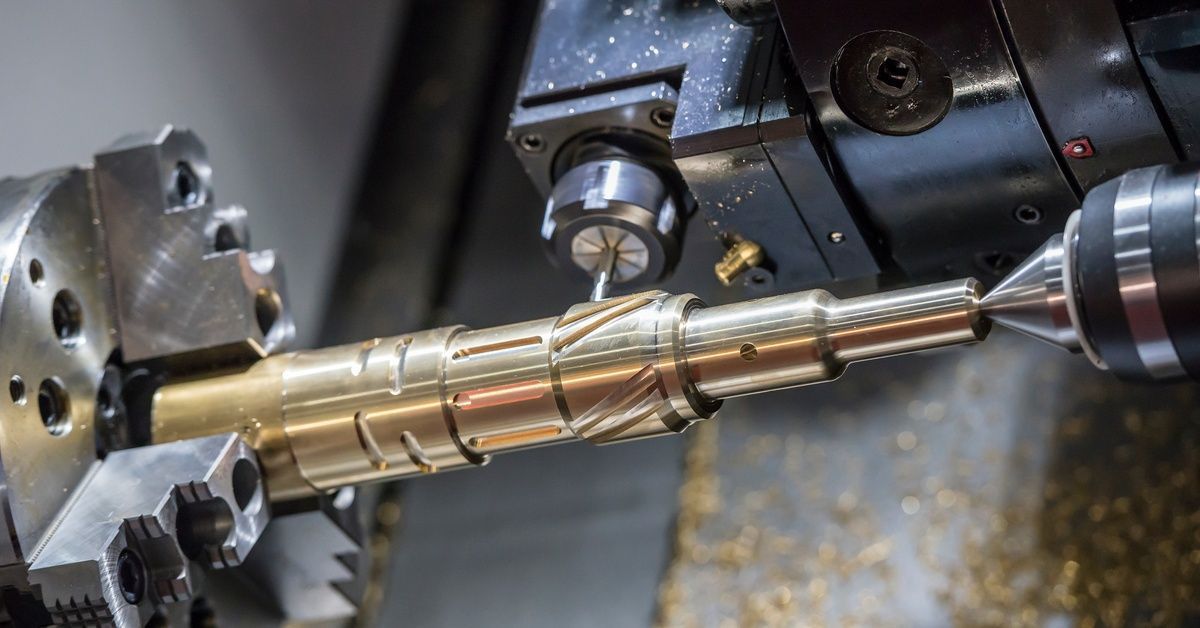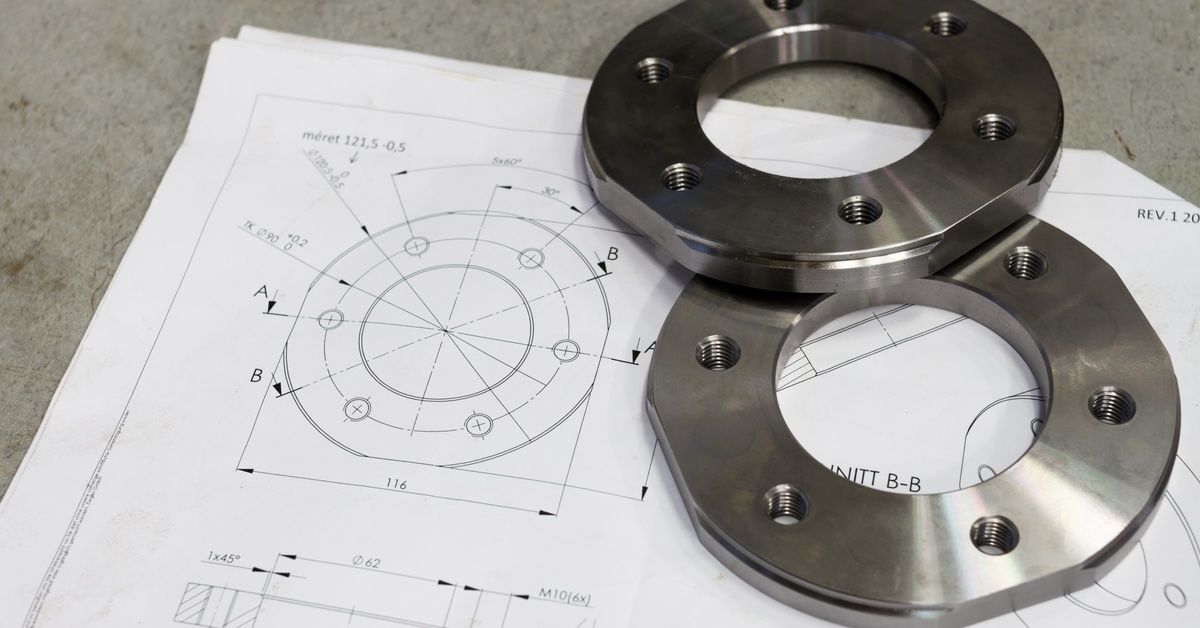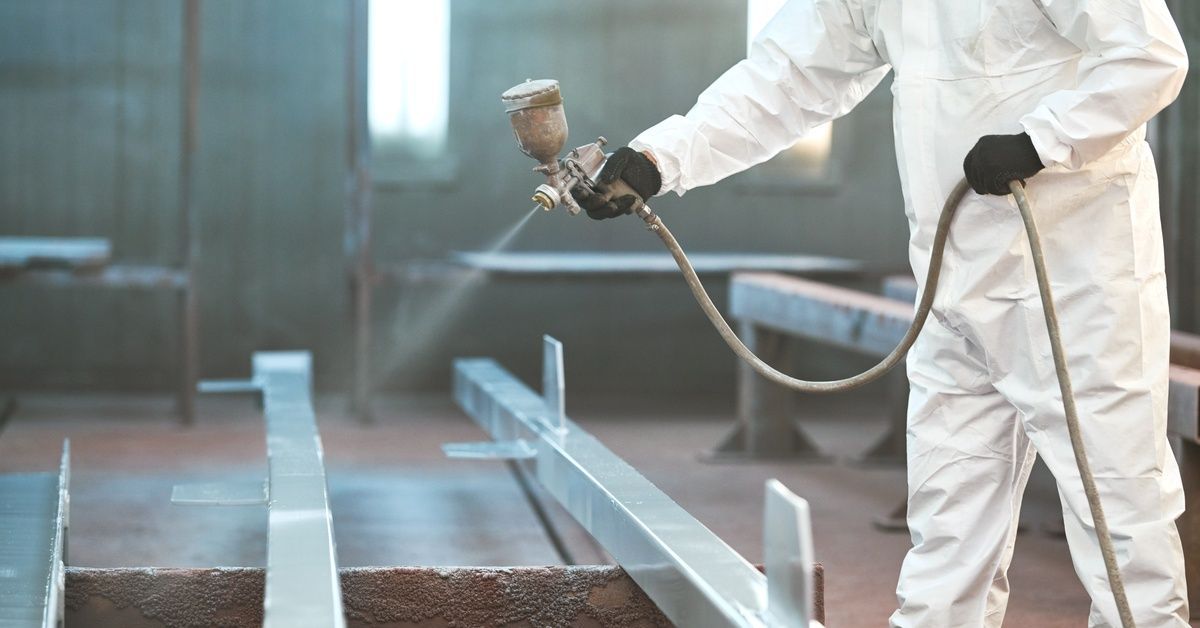5-Axis CNC Machining: What Is It and What Are Its Benefits?
CNC machining is a rapidly evolving technology that continues to meet the changing needs of businesses and industries requiring complex parts. While traditional three-axis machining set the standard for precision and efficiency, the emergence of five-axis CNC machines has revolutionized what’s possible in manufacturing.
If you’re looking to enhance your production processes with cutting-edge solutions, this guide will unravel everything you need to know about five-axis CNC machining and how it can benefit your business operations.
What Is Five-Axis CNC Machining?
Five-axis CNC machining refers to a cutting-edge manufacturing process where cutting tools can move in five different directions simultaneously. This enables the machine to accurately reach and work on complex parts from multiple angles with minimal repositioning. This technique is particularly significant for industries such as aerospace, medical, and automotive manufacturing, where intricate designs require extreme precision. With its advanced capabilities, this method ensures that these high-precision parts maintain the quality and accuracy needed for their applications.

How Does a Five-Axis CNC Machine Work?
In traditional three-axis machining, the cutting tool moves in three directions: X, Y, and Z. In contrast, a five-axis CNC machine has two additional rotational axes: A and B. The machine's ability to rotate the table or the toolhead allows for greater flexibility and eliminates the need to reposition the workpiece manually. Here's a breakdown of how each axis works:
- X-axis: This is the horizontal axis that moves the cutting tool left and right.
- Y-axis: This is the vertical axis that moves the cutting tool forward and backward.
- Z-axis: This is the vertical axis that moves the cutting tool up and down.
- A-axis: This is the rotational axis parallel to the X-axis, allowing for angled cuts and rotations in relation to the part.
- B-axis: This is the rotational axis perpendicular to the A-axis, providing even more flexibility in positioning and cutting angles.
In operation, a five-axis CNC machine uses a combination of these axes to move and rotate the cutting tool while it removes material from a workpiece. Equipped with advanced computer numerical control (CNC) systems, these machines execute programmed instructions to guide the simultaneous horizontal and vertical movements of cutting tools.
These instructions are typically generated using specialized CAD (computer-aided design) and CAM (computer-aided manufacturing) software, where operators design the part and define the tool paths. The software then translates these paths into precise code that the machine can understand and execute. This level of automation allows operators to achieve remarkable efficiency and accuracy, even when working with challenging materials or intricate designs.
Enhanced Accuracy and Precision
One of the standout features of five-axis CNC machining is its ability to achieve unparalleled accuracy and precision. By reducing the need to reposition the workpiece, this method eliminates many errors associated with alignment and measurement discrepancies.
The machine can handle seamless transitions between cuts, ensuring that even the most intricate designs are executed with high repeatability and precision. Whether crafting components for jet engines or surgical tools, the ability to produce parts within tight tolerances makes five-axis machining an essential tool.
Ability To Create Complex Parts
One standout feature of five-axis CNC machining is its ability to craft parts with intricate geometries and undercuts that are unattainable with traditional methods. Components such as turbine blades, engine parts, and medical prosthetics often feature fine details and hidden angles that three-axis machining cannot achieve.
The simultaneous movement across additional axes ensures the machine can approach these complex areas precisely, reducing material waste and production inefficiencies. Businesses that rely on this capability often open doors to new opportunities and projects that demand innovation-driven designs.
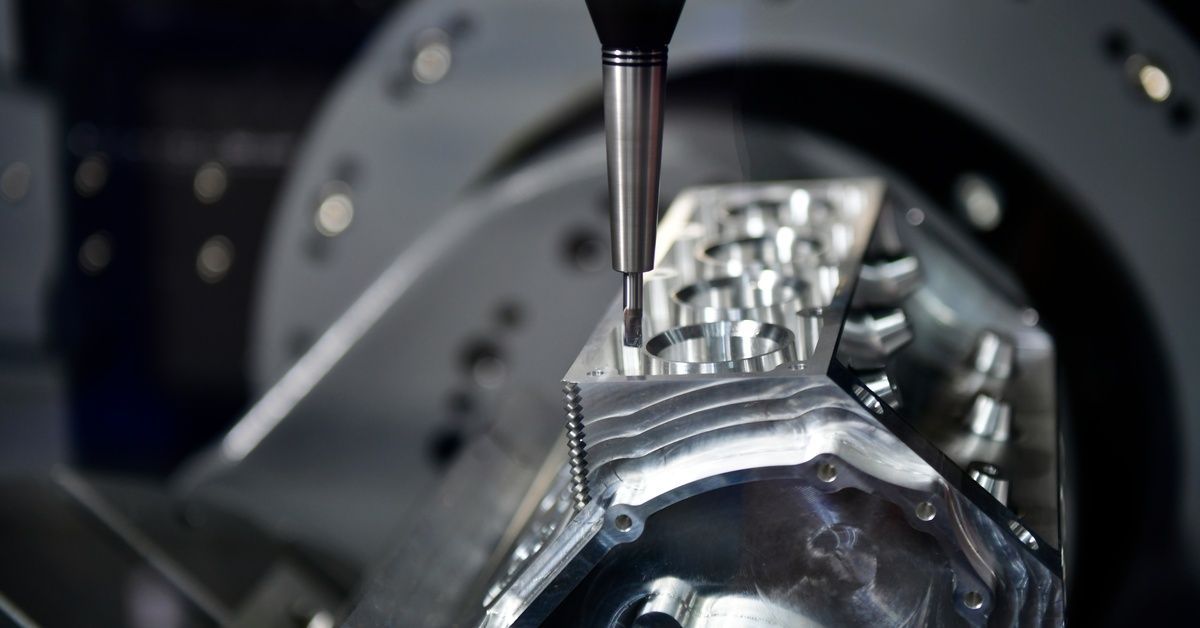
Efficient Singular Setup
Traditional machining often involves multiple setups to process a part fully. With five-axis CNC machining, this inefficiency becomes a thing of the past. By enabling multi-directional cutting in a single setup, manufacturers save both time and labor.
The reduced need to reposition parts significantly lowers the likelihood of errors caused by misalignment between setups. This single-setup approach saves operational time and makes larger production runs more seamless and reliable.
Faster Material Removal
Another critical advantage of five-axis machining is its ability to remove material more quickly compared to traditional methods. By aligning the cutting tool closer to the surface, the machine can use shorter, more rigid tools, which improves cutting speeds and reduces vibrations. With optimized angles of approach, the cutting tool maintains consistent contact with the workpiece, increasing the efficiency of each cut.
This results in quicker production times without sacrificing quality. For businesses operating on tight timelines, the increased speed offered by five-axis machining ensures that projects are completed faster without compromising quality.
Improved Surface Finishes
Smooth and flawless surface finishes are often a marker of quality in CNC machining. Five-axis machines achieve better surface finishes as the cutting tool can maintain continuous engagement at the ideal angle.
The continuous movement and advanced tool control reduce scallop height and tool marks, resulting in smoother surfaces immediately after machining. This feature is particularly valuable for industries where aesthetics is as important as functionality, such as automotive or luxury product manufacturing.
Increased Productivity
By combining all these benefits, five-axis CNC machining dramatically boosts overall productivity. With fewer setups and the ability to perform complex cuts more efficiently, manufacturers can take on more orders and meet market demands. This increased efficiency enables businesses to meet customer demand and gain a competitive edge in an increasingly fast-paced market.
The integration of advanced software also reduces the time spent on programming and adjustments, further driving operational efficiency. For manufacturers seeking ways to enhance their operations, investing in five-axis machining is a strategic decision that can drive long-term success.
Unlock the Benefits of Five-Axis CNC Machining
Investing in five-axis CNC machining opens a world of possibilities for industries ranging from aerospace to medical manufacturing. The ability to minimize setups, improve surface finishes, and accelerate production timelines enables businesses to produce complex parts with unmatched efficiency and empowers manufacturers to deliver high-quality results.
Whether you’re looking to improve your production capabilities or expand your service offerings, five-axis machining represents the future of modern manufacturing. H&H Machine Service offers the latest innovations in fabrication and machining for your business to stay ahead of the competition, from prototype CNC machining services to robust quality control. Reach out today to learn how we can take your operations to the next level.
